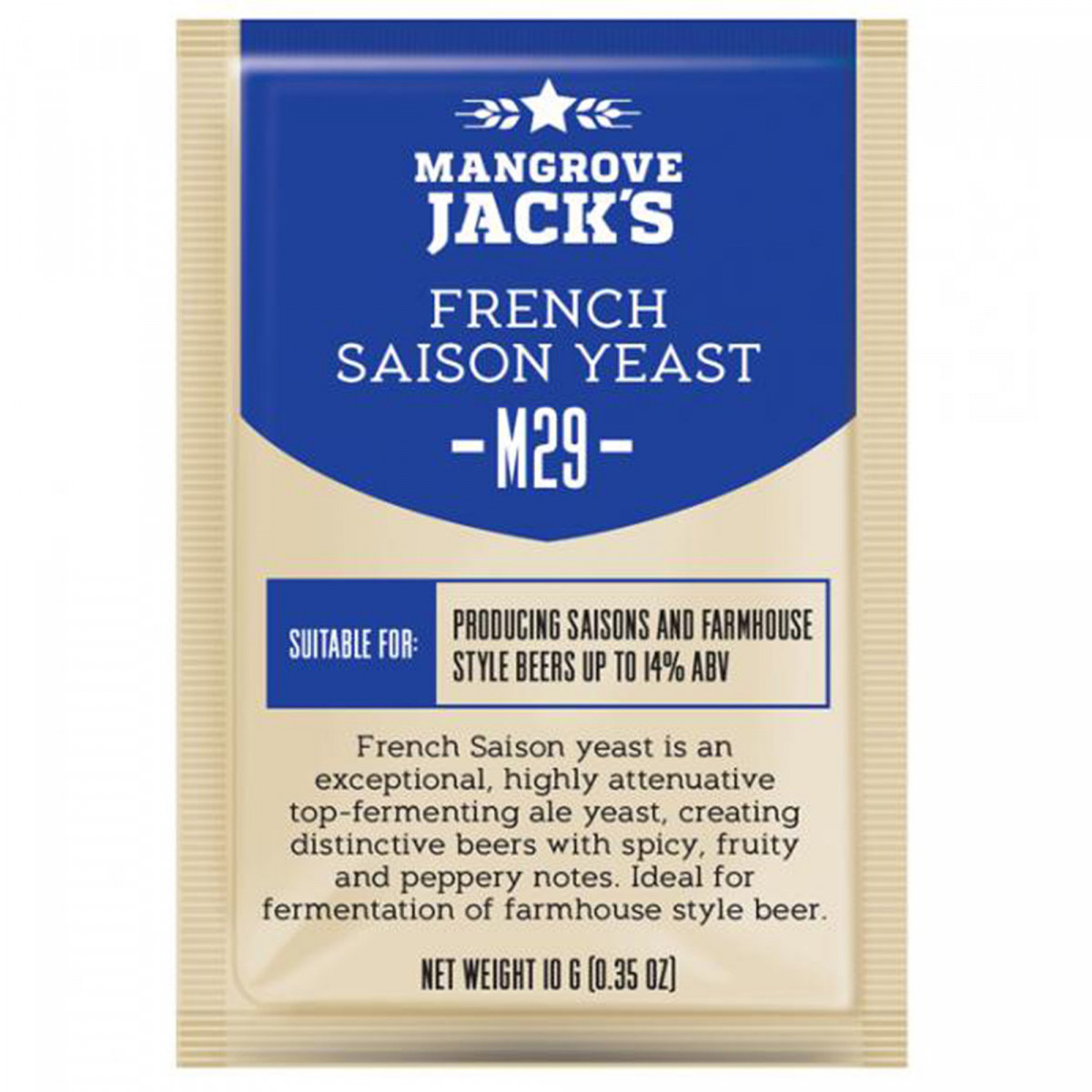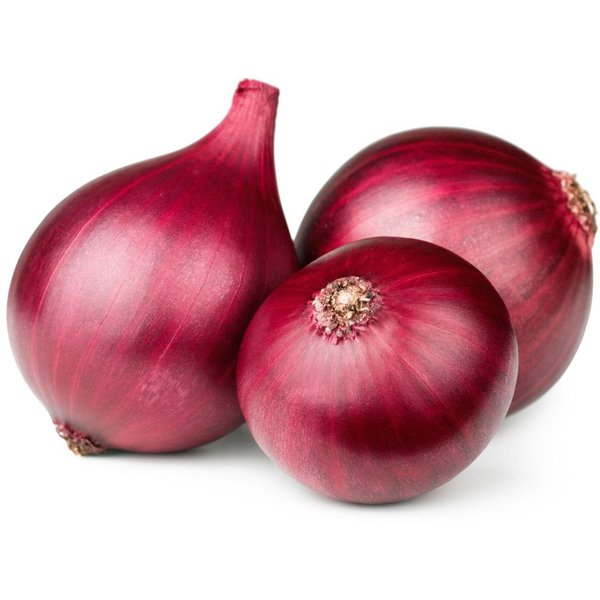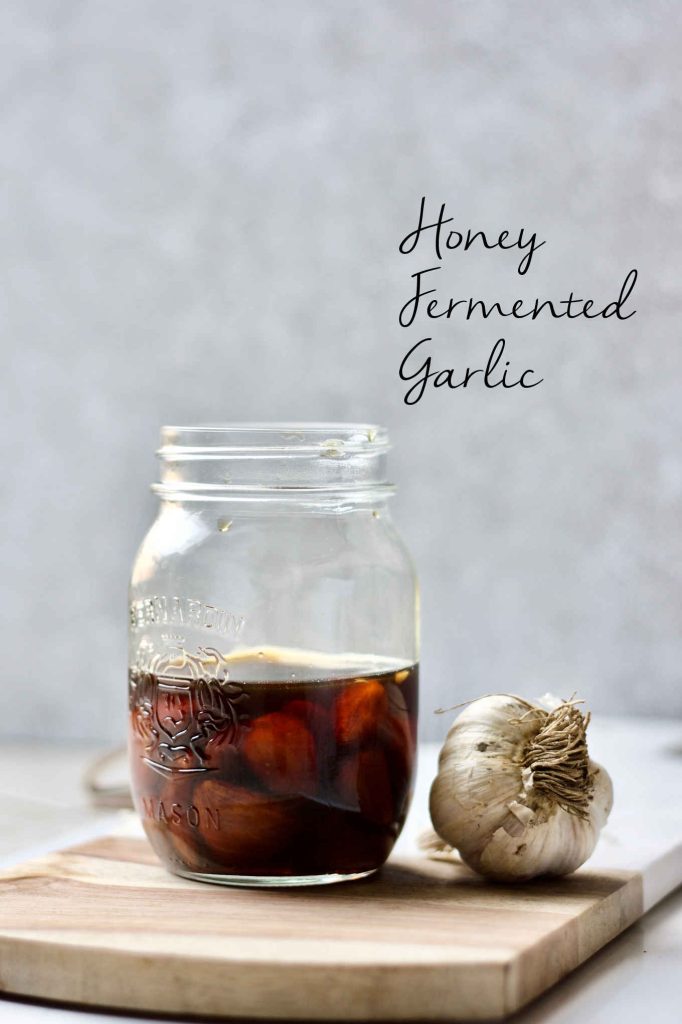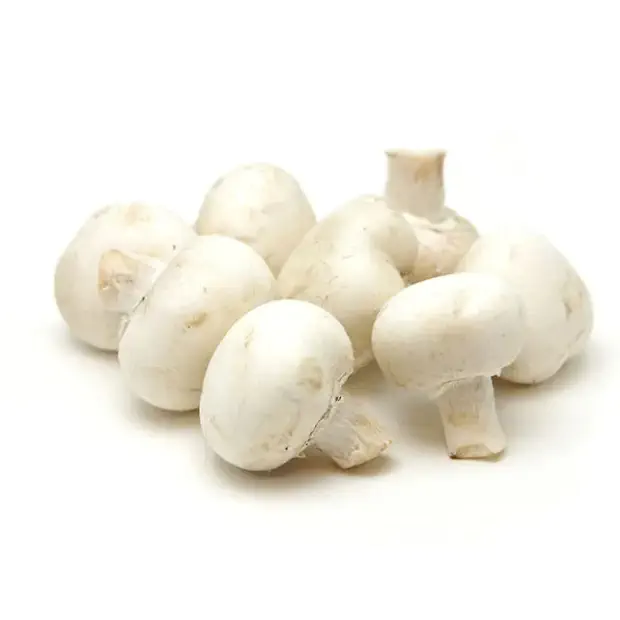The air is crisp, and leaves are falling. It’s the season of fermenting.
As autumn settles in, many households turn to the age-old tradition of fermenting. This process not only preserves food but also enhances its flavors and health benefits. Think about the tangy taste of sauerkraut or the effervescence of homemade kombucha.
Fermenting is a simple, natural method that transforms ordinary ingredients into culinary delights. Plus, it’s a fun and rewarding activity that connects you with age-old practices. Whether you’re a seasoned fermenter or just starting out, this season is perfect for experimenting with new recipes and techniques. So grab your jars, gather your ingredients, and get ready to enjoy the rich, complex tastes of fermented foods.
Benefits Of Fermenting At Home
Fermenting at home can bring a multitude of benefits to your daily life. From boosting your gut health to enhancing the flavors of your meals, the advantages are numerous and impactful. Let’s dive into why fermenting at home is worth your time and effort.
Boosting Gut Health
Fermenting at home can significantly improve your gut health. When you ferment foods, beneficial bacteria, known as probiotics, are produced. These probiotics help balance the good and bad bacteria in your gut, promoting better digestion and a stronger immune system.
Imagine starting your day with a bowl of homemade yogurt. This simple addition to your breakfast can help keep your digestive system running smoothly. And if you’re someone who struggles with digestive issues, incorporating fermented foods like sauerkraut or kimchi into your diet can make a noticeable difference.
Have you ever felt bloated after a meal? Fermented foods can help alleviate that discomfort. They aid in breaking down food more effectively, ensuring you absorb nutrients better. So, why not give it a try and see how your body responds?
Enhancing Flavors
Another fantastic benefit of fermenting at home is the incredible flavors you can achieve. Fermentation can transform the taste of basic ingredients into something extraordinary. Think about the tangy bite of a well-fermented pickle or the complex flavors of homemade sourdough bread.
If you love experimenting in the kitchen, fermenting is a playground of possibilities. You can customize flavors to your liking. Want your pickles a bit sweeter? Add some honey. Prefer a spicy kick in your kimchi? Increase the chili flakes.
Creating these unique flavors at home also means you control what goes into your food. There’s no need to worry about artificial preservatives or excessive sugars. Just pure, delicious flavors crafted by you.
Have you ever thought about how fermented foods can elevate your cooking? A spoonful of miso can add depth to a soup, and a dash of homemade vinegar can brighten up a salad. The possibilities are endless and exciting. Why not start exploring today?
Fermenting at home is not just about preserving food; it’s about enhancing your health and culinary experiences. So, are you ready to start fermenting and see the benefits for yourself?

Credit: www.masontops.com
Essential Fermentation Tools
Fermenting season calls for essential tools like jars, weights, and airlocks. These items ensure successful fermentation.
Fermentation is a fascinating journey into the world of flavors and preservation. As you dive into this seasonal tradition, you’ll find that having the right tools can make all the difference. Whether you’re a seasoned fermenter or a curious newbie, equipping yourself with essential fermentation tools is the first step to success. Let’s explore the must-have equipment and useful accessories that will elevate your fermenting game.Must-have Equipment
When it comes to fermentation, certain pieces of equipment are indispensable. Here are the essentials you need to get started:- Glass Jars: Glass jars are perfect for fermenting as they are non-reactive and allow you to see the progress of your ferment. Mason jars, in particular, are a popular choice.
- Fermentation Weights: Keeping your vegetables submerged is crucial. Fermentation weights ensure that everything stays below the brine, preventing mold growth.
- Airlocks: Airlocks allow gases to escape while preventing contaminants from entering your ferment. They are especially useful for longer fermentation processes.
- Salt: Not just any salt will do. Opt for non-iodized salt, like kosher or sea salt, to ensure proper fermentation.
Useful Accessories
While the essentials are crucial, certain accessories can enhance your fermenting experience and make the process smoother:- Fermentation Lids: These specialized lids fit on your mason jars and often include airlocks. They simplify the fermenting process and reduce the risk of contamination.
- Digital Scale: Precision matters in fermentation. A digital scale helps you measure ingredients accurately, ensuring consistent results.
- Labeling Supplies: Keep track of your fermenting projects with labels. Write down the date and contents to avoid any mix-ups.
- Thermometer: Temperature plays a critical role in fermentation. A thermometer lets you monitor the environment, ensuring optimal conditions for your ferment.
Choosing The Right Ingredients
Selecting fresh, high-quality ingredients is essential for successful fermenting. Seasonal produce often yields the best results. Local markets are great places to find these.
Choosing the Right Ingredients When it comes to fermenting, selecting the right ingredients is crucial. The quality of your produce, salt, and water can make or break your ferment. Let’s dive into what you need to know to ensure your fermenting efforts are successful.Fresh Produce Selection
Fresh, high-quality produce is the cornerstone of great fermentation. Look for vegetables and fruits that are in season. They are typically fresher and more nutritious. Visit your local farmer’s market or grow your own to get the best selection. Have you ever noticed how the freshest cucumbers result in the crunchiest pickles? It’s all about starting with the best. Avoid using produce that is bruised or overripe. These can spoil the batch and introduce unwanted bacteria. Instead, choose firm, crisp vegetables. For example, when selecting cabbage for sauerkraut, opt for heads that are heavy and dense with tightly packed leaves.Quality Salt And Water
Salt is not just a seasoning; it’s a key player in the fermentation process. It prevents the growth of bad bacteria while allowing the good bacteria to thrive. Use non-iodized salt like sea salt or kosher salt. Iodized salt can interfere with the fermentation process. Have you ever tried fermenting with table salt and found your batch too soft? That’s the iodine at work. Water quality also matters. Tap water often contains chlorine and other chemicals that can inhibit fermentation. Use filtered or spring water for the best results. A little investment in a good water filter can go a long way in improving your ferments. Have you ever thought about the role of water hardness in fermentation? Hard water contains minerals that can enhance the fermenting process. However, if your local water is heavily chlorinated, it’s better to filter it. By choosing the right ingredients, you set the stage for a successful ferment. What will you ferment next?
Credit: www.ebay.com
Popular Fermented Foods
As the temperatures drop and the cozy season begins, it’s the perfect time to dive into the world of fermenting. Fermented foods have been enjoyed for centuries, not just for their tangy flavors but also for their health benefits. Whether you’re a seasoned fermenter or a curious newbie, there’s something for everyone. Let’s delve into some popular fermented foods that you can easily make at home.
Classic Sauerkraut
Sauerkraut, a staple in many households, is incredibly easy to make. All you need is cabbage, salt, and some patience. The process involves shredding the cabbage, mixing it with salt, and allowing it to ferment in a jar for a couple of weeks. The result is a tangy, crunchy condiment that pairs well with almost anything.
Personally, I love adding sauerkraut to my sandwiches and salads for an extra zing. It’s also packed with probiotics, which are great for your gut health. Have you tried making your own sauerkraut? If not, now might be the perfect time to start.
Homemade Kimchi
Kimchi, a beloved Korean staple, is another fantastic option. It’s a bit more complex than sauerkraut but totally worth the effort. This spicy, garlicky fermented cabbage dish includes ingredients like gochugaru (Korean red chili powder), garlic, ginger, and fish sauce.
When I first made kimchi, I was amazed at how it transformed my meals. Whether you enjoy it as a side dish, in fried rice, or as a topping for ramen, kimchi adds a burst of flavor and a dose of probiotics. Have you ever experimented with making kimchi at home? It’s a fun process that can easily become a favorite kitchen activity.
Fermenting these popular foods at home not only enhances their flavors but also gives you control over the ingredients. Plus, it’s a rewarding experience to see your creations come to life. So, what are you waiting for? Grab some cabbage and get fermenting!
Step-by-step Fermentation Process
The art of fermentation is both ancient and fascinating. Fermenting your own foods at home can be a rewarding experience. With the right steps, you can create delicious and healthy fermented foods. Let’s dive into the step-by-step fermentation process.
Preparation And Cleaning
Start by gathering all your ingredients and equipment. Cleanliness is crucial in fermentation. Wash your hands, utensils, and jars thoroughly. Use hot, soapy water to ensure everything is clean. Rinse well to remove any soap residue.
Next, prepare your ingredients. Cut vegetables into desired shapes and sizes. If using fruits, make sure they are ripe but not overripe. Measure out any additional ingredients like salt or starter cultures. Having everything ready will make the process smoother.
Fermentation Techniques
Different foods require different fermentation techniques. For vegetables, a salt brine is often used. Dissolve the salt in water. Submerge the vegetables in the brine. This creates a safe environment for beneficial bacteria to grow.
For fruits, you might use a sugar-based solution. Mix sugar and water, then add the fruits. Ensure they are fully submerged. This helps prevent mold and unwanted bacteria.
Cover your jars with a cloth or lid. This allows gases to escape while keeping out contaminants. Store the jars in a cool, dark place. Check them daily for signs of fermentation. Bubbles and a tangy smell are good indicators.
Once fermented to your liking, transfer to the fridge. This slows down the process and keeps your fermented foods fresh longer.

Credit: brouwland.com
Troubleshooting Common Issues
Fermenting is a wonderful way to preserve food, enhance flavors, and boost your gut health. However, sometimes things can go wrong. If you’re encountering issues, don’t fret! This section will help you troubleshoot common problems in your fermenting journey. Let’s dive into some specific issues and how you can address them effectively.
Identifying Mold
Have you ever opened a jar of your carefully fermented veggies to find an unwelcome layer of mold? It can be disheartening. But not all is lost.
Firstly, not all molds are harmful. White, fuzzy mold on the surface can usually be scraped off, and the ferment below should be fine. However, if you see black, red, or orange mold, it’s best to discard the batch as these can be toxic.
Prevention is key. Ensure your vegetables are fully submerged in the brine. This creates an anaerobic environment where mold can’t thrive. Use fermentation weights to keep everything below the brine.
Remember to always use clean jars and utensils to avoid introducing unwanted bacteria. Also, keep your fermenting jars in a cool, dark place to reduce the risk of mold growth.
Adjusting Fermentation Time
Timing is crucial in fermenting, but it can be tricky to get it just right. Ferments can go too long or not long enough, affecting both taste and safety.
If your ferment tastes too salty or has an overly sharp flavor, it might have fermented too long. In this case, you can slow down the process by moving the jar to the fridge. This will halt further fermentation and preserve the current state.
On the other hand, if your ferment lacks flavor or hasn’t developed the tang you expect, it might need more time. Warmer temperatures can speed up fermentation, so consider placing your jar in a slightly warmer spot.
Keep in mind that different vegetables and recipes have varying fermentation times. Cucumbers might be ready in a few days, while cabbages could take weeks. Taste your ferment regularly to gauge its progress and adjust accordingly.
Have you faced any unusual challenges while fermenting? Share your experiences in the comments and let’s learn together.
Creative Fermenting Ideas
Fall is the perfect time to dive into fermenting. The harvest season brings fresh produce, ideal for exploring creative fermenting ideas. From unique vegetable combinations to innovative flavor additions, the possibilities are endless.
Unique Vegetable Combinations
Combine unexpected vegetables for a delightful fermenting experience. Try mixing carrots and beets. They add vibrant color and a sweet, earthy flavor. Another interesting combination is cabbage and apples. The sweetness of the apples complements the tangy cabbage. You can also pair radishes with cucumbers. This mix offers a crunchy texture and a zesty taste.
Innovative Flavor Additions
Spice up your ferments with creative flavor additions. Add ginger and garlic to your vegetable mix. They bring a warm, spicy kick. Fresh herbs like dill and rosemary can add a refreshing aroma. For a touch of sweetness, try adding dried fruits. Apricots or raisins work well. You can also experiment with spices. Mustard seeds and peppercorns enhance the flavor profile.
Storing And Using Fermented Foods
Fermenting foods is a fascinating and rewarding process, but what comes next? You may be wondering how to store these flavorful creations and incorporate them into your daily meals. Proper storage ensures that your fermented foods remain safe and tasty, while clever meal integration can elevate your culinary repertoire. Let’s dive into some practical tips on storing and using your fermented masterpieces.
Proper Storage Methods
Storing fermented foods correctly is crucial to maintain their quality and safety. Here are some effective methods you can apply:
- Cool Environment: Keep your fermented foods in a cool place, ideally between 32°F and 50°F (0°C to 10°C). A refrigerator is perfect for this purpose.
- Airtight Containers: Use airtight containers to prevent contamination and retain the flavors. Mason jars with tight-fitting lids are great choices.
- Dark Storage: Store your jars in a dark place. Light can degrade the quality of fermented foods over time.
- Labeling: Always label your jars with the date of fermentation. This helps you keep track of their freshness and consumption timeline.
By following these storage tips, you ensure that your fermented foods remain vibrant and delicious for weeks, if not months.
Incorporating Into Meals
Fermented foods can add a burst of flavor and a nutritional punch to your meals. Here are some creative ways to incorporate them:
- Salads: Add a spoonful of sauerkraut or kimchi to your salads. It adds a tangy crunch that can elevate a simple dish.
- Sandwiches: Spread some fermented mustard or relish on your sandwiches. It’s a simple way to add complexity and zest.
- Soups and Stews: Stir in some miso paste or fermented hot sauce. These ingredients can deepen the flavors of your favorite comfort foods.
- Breakfast: Mix yogurt or kefir into your morning smoothie or oatmeal. It’s a refreshing start to your day with a probiotic boost.
Think about how fermented foods can add value to your meals. How do you feel about experimenting with new flavors and textures? You’ll find that the possibilities are endless, and the health benefits are significant.
Remember, the key to successful fermentation lies not only in the process but also in how you store and use your creations. By following these practical tips, you can enjoy the full spectrum of flavors and benefits that fermented foods offer. Ready to take your culinary skills to the next level?
Frequently Asked Questions
What Is The Figurative Meaning Of Ferment?
The figurative meaning of ferment refers to a state of agitation, excitement, or intense activity. It often implies social or political upheaval.
What Is The Healthiest Vegetable To Ferment?
Cabbage is the healthiest vegetable to ferment. It is rich in vitamins, minerals, and probiotics. Fermented cabbage boosts gut health and supports the immune system.
What Does It Mean For Something To Ferment?
Fermentation means converting sugars into alcohol, gases, or acids using microorganisms. This process is used in making bread, beer, and yogurt.
What Is The State Of Ferment?
The state of ferment refers to the process where microorganisms like yeast and bacteria convert sugars into alcohol, gases, or acids. This process occurs in foods and beverages, producing desirable flavors and preserving them. Fermentation is essential in making products like beer, yogurt, and sauerkraut.
Conclusion
Fermenting offers a fun way to preserve and enjoy seasonal foods. Easy and rewarding. Try making sauerkraut, pickles, or kombucha at home. No special skills needed. Just patience and a few ingredients. Share your creations with family and friends. Enjoy the flavors and health benefits.
Happy fermenting!
{ “@context”: “https://schema.org”, “@type”: “FAQPage”, “mainEntity”: [ { “@type”: “Question”, “name”: “What is the figurative meaning of ferment?”, “acceptedAnswer”: { “@type”: “Answer”, “text”: “The figurative meaning of ferment refers to a state of agitation, excitement, or intense activity. It often implies social or political upheaval.” } } , { “@type”: “Question”, “name”: “What is the healthiest vegetable to ferment?”, “acceptedAnswer”: { “@type”: “Answer”, “text”: “Cabbage is the healthiest vegetable to ferment. It is rich in vitamins, minerals, and probiotics. Fermented cabbage boosts gut health and supports the immune system.” } } , { “@type”: “Question”, “name”: “What does it mean for something to ferment?”, “acceptedAnswer”: { “@type”: “Answer”, “text”: “Fermentation means converting sugars into alcohol, gases, or acids using microorganisms. This process is used in making bread, beer, and yogurt.” } } , { “@type”: “Question”, “name”: “What is the state of ferment?”, “acceptedAnswer”: { “@type”: “Answer”, “text”: “The state of ferment refers to the process where microorganisms like yeast and bacteria convert sugars into alcohol, gases, or acids. This process occurs in foods and beverages, producing desirable flavors and preserving them. Fermentation is essential in making products like beer, yogurt, and sauerkraut.” } } ] }




